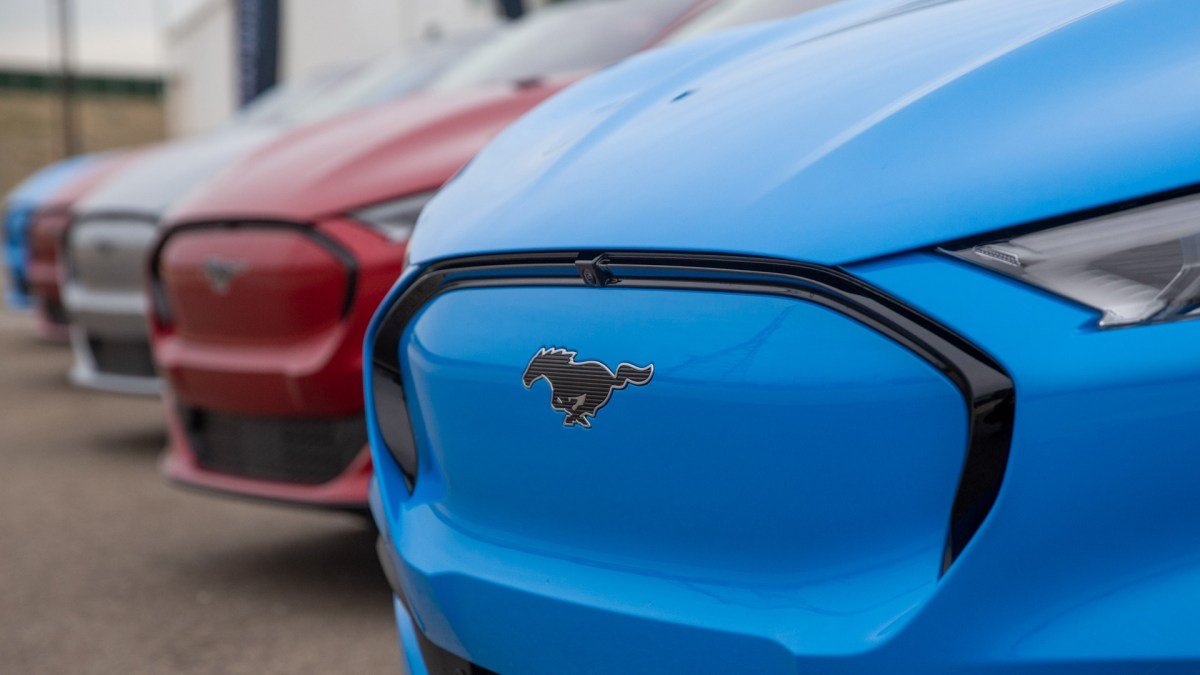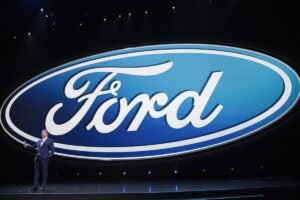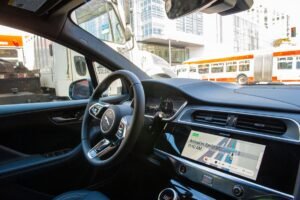The Electric Vehicle Tax Credit: More Attractive, But Harder to Come By
The federal tax credit for electric vehicles is about to undergo a significant change that will make it far more appealing to prospective buyers. Starting January 1, the credit, which can reach up to $7,500 for qualifying new EVs and $4,000 for eligible used EVs, will be available at the time of purchase rather than as a tax claim.
In addition, over 7,000 car dealerships have already committed to offering this point-of-sale rebate. This amounts to roughly half of all new car dealerships across the country.
However, there is a catch. With new restrictions being implemented in regards to the components that make up zero-emission vehicles, there may not be many cars that qualify for the full $7,500 credit come the new year.
This change is a result of a reimagining of the credits as part of President Biden’s Inflation Reduction Act and involved extensive negotiations, particularly with U.S. Senator Joe Manchin, to determine the ultimate purpose of the credits. Should they serve as a sales lubricant for zero-emission vehicles that combat climate change, or as an incentive to build up the electric vehicle supply chain in North America?
The answer ultimately fell somewhere in between, as is often the case. The tax credit was effectively divided into two parts – a $3,500 credit for vehicles that adhere to certain guidelines for sourcing battery materials, and an additional $3,500 credit for vehicles with similar requirements for battery components. Beginning in 2024, these sourcing guidelines will become even more stringent.
As a result, General Motors announced this week that only their Chevy Bolt will qualify for the full tax credit starting January 1. The more expensive Cadillac Lyriq and the brand new Chevy Blazer will not. In response, GM, the largest automaker in the country, has been forced to accelerate plans to replace two minor components in order to comply with the new restrictions.
Ford has also announced that only their F-150 Lightning will qualify for the full $7,500 credit. The Lincoln Corsair Grand Touring SUV will be eligible for half the credit, while the Mustang Mach-E, Lincoln Aviator Grand Touring plug-in hybrid, and E-Transit van will not.
Even Tesla, a company known for identifying and taking advantage of clean energy credits and subsidies, initially stated that their Long Range and RWD Model 3 variants would lose half the credit, but later announced that they will, in fact, lose the full credit. Tesla has also hinted that the Model Y may also become ineligible.
As we approach the new year, more automakers are expected to announce which of their electric vehicles will – or, more likely, will not – qualify for the credit. Ultimately, the Treasury Department will create a list of eligible vehicles on their website.
This uncertainty highlights the complexity of manufacturing an electric vehicle in a world where the supply chain is primarily based in China. It also emphasizes the somewhat murky motivation behind these guidelines.








